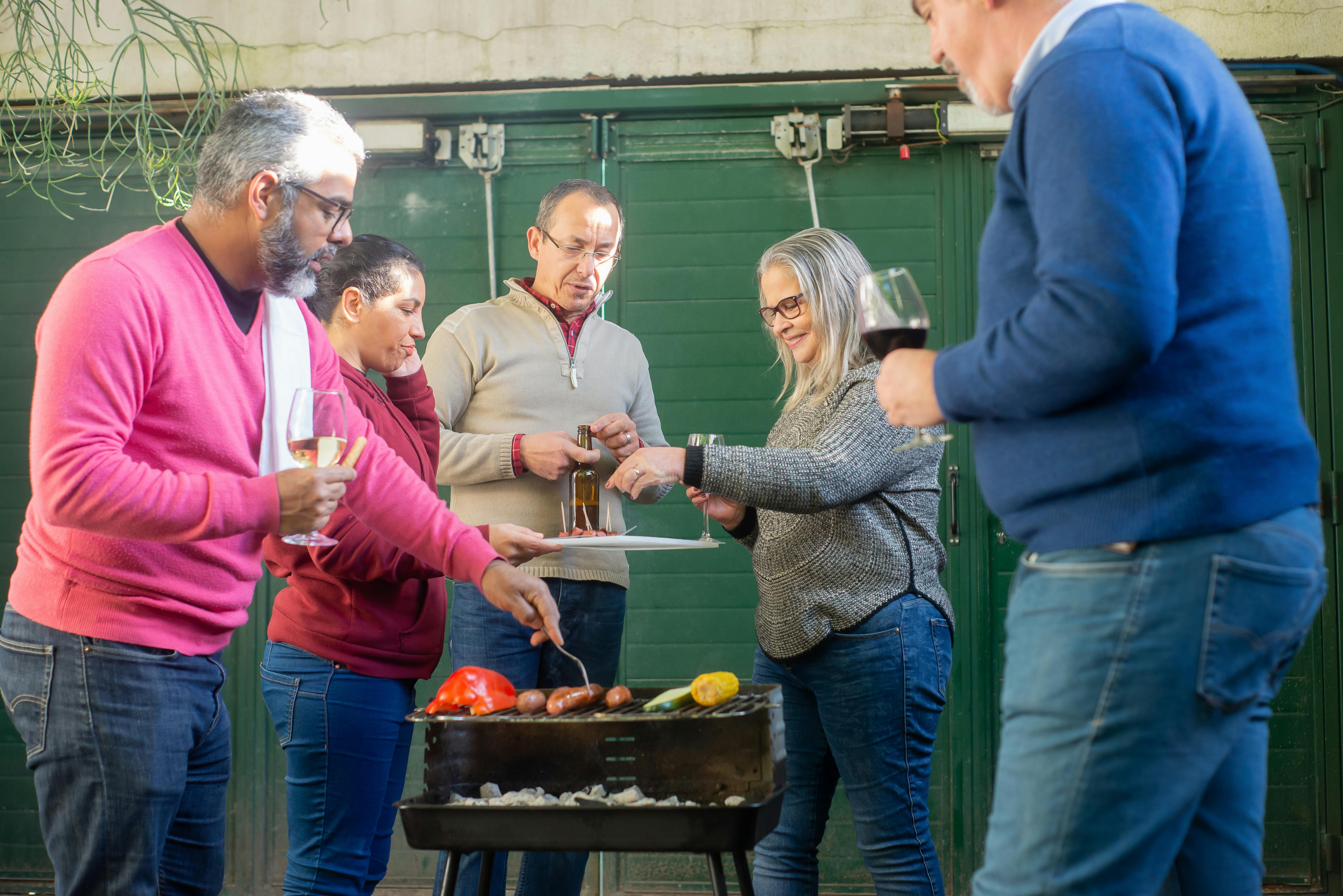For a successful film production, the cinematographer (DOP) or cinematographer has to work in coordination with the film director at various stages. For this, the cinematographer must have a high knowledge of filming techniques and concepts. Furthermore, if a director knows cinematographic techniques, he could succeed in using all the talents of a cinematographer. His real strength is using the full potential of the team to make the movie a huge success. The role of a cinematographer in this is to act as the director’s eye.
The main purpose of this article is to highlight the importance of the interrelationship between the DOP/Director roles, as there may be a situation where sudden clashes of ideas and thoughts can become problematic for the film. So, for proper functioning, it is necessary to make the director agree with what he is looking for. If there is a problem in principle with the photography on the film set, it is the duty of the cinematographer to handle it and solve it. It is true that verbal narration is a bit easier than visual narration because in verbal we only need sound, but in visual we need to manage the light, camera and a suitable location for filming, but nevertheless, visual narration is more interesting and impressive.
While the director instructs the crew, the DOP is responsible for shooting, lighting, theme, mood, color scheme, etc., which clearly means that he/she is responsible for proper implementation and smoothly from the given creative brief. It works like the administration in the government; while the government makes schemes and plans, the Administration implements those plans. The entire DOP crew, including Gaffer, 1st Cameraman, 2nd Cameraman, Best Guy, Electricians, and the support crew to fulfill the director’s artistic vision through his technical knowledge.
Cinematographers have some roles that are purely technical, just like film director has roles with talent and script, but in between both are involved in common tasks like location scouting, on-camera storytelling practice, backgrounds, costumes and any other aspect that may affect the scene to be shot. Film Education can improve the basic communication between the director and the DOP so that they can achieve a common goal. The main objective of a film making course is to teach students what a director should know about the camera and what a cinematographer should know about film directing so that their coordination is smooth and fruitful.
